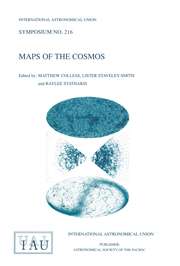No CrossRef data available.
Article contents
The abundance anomalies in a rotationally evolved 20 M⊙ OBN star model
Published online by Cambridge University Press: 26 May 2016
Extract
Walborn (1970, 1971) observationally found that OB stars showed nitrogen and carbon abundance anomalies in their atmospheres. Schönberner et al. (1988) found that OBN stars had helium enriched atmospheres. Several different suggestions have been made so far to explain the abundance anomalies in these stars (Paczynski 1973; Walborn 1976; Bolton and Rogers 1978). Maeder (1987) and Weiss et al. (1988) call attention to some possible effects of rotation in mixing chemical elements in Wolf-Rayet stars and B-supergiant stars respectively. They suggested that rotational mixing could explain the high He/H ratios and the high N/C and N/O ratios in the progenitor of 1987A Supernova. Saio et al. (1988) in an attempt to explain the nitrogen and helium enhancement in the progenitor of SN 1987A invoked extensive mixing in their models. They pointed out that such an effective mixing may be produced by rapid rotation. Such observations and ideas were the motivation for the present study.
- Type
- 1. Pulsation and Rotation
- Information
- Copyright
- Copyright © Kluwer 1994


